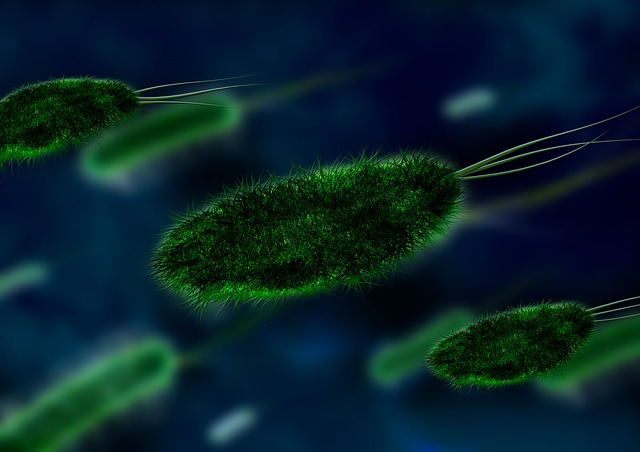
You might be one of those people who always keeps hand sanitizer close by to ward off germs. While this is a good idea, it’s not a guarantee that you will get rid of all the germs around you. In fact, germs vary significantly in their response to specific environments.
Viral Germs
Germs that lead to infectious viruses actually aren’t alive unless they have a host on which they can reproduce. That being said, these germs will live longer if they’re sitting on hard surfaces. The darker and cooler, the better, which is why germs live on things such as doorknobs and railings. That being said, these germs won’t live nearly as long if they’re on your hands since this surface is most moist and warm. In addition, different types of viral germs live longer than others.
Bacteria Outside the Body
On the other hand, bacterial germs last longer outside of the body, and they do well on porous materials. Their overall lifespan depends on things such as temperature, humidity, and their ability to produce spores. Therefore, different bacterial germs will last longer than others. An example could be E.coli, which causes food poisoning. This germ can live outside the body for up to a day. Another example is the MRSA germ Staphylococcus aureus, whose spores can live on clothing for a few days.
Other Germs
There are other microbes that can be classified as germs, such as fungi, mold, and mildew. These germs live as spores that travel through the air and can live in soil for years. Once they land on clothing, they can last for months, especially in humid environments. This doesn’t mean that you have to live your life in terror. Regular cleaning and controlling the temperature are two of the primary ways to protect yourself from germs.